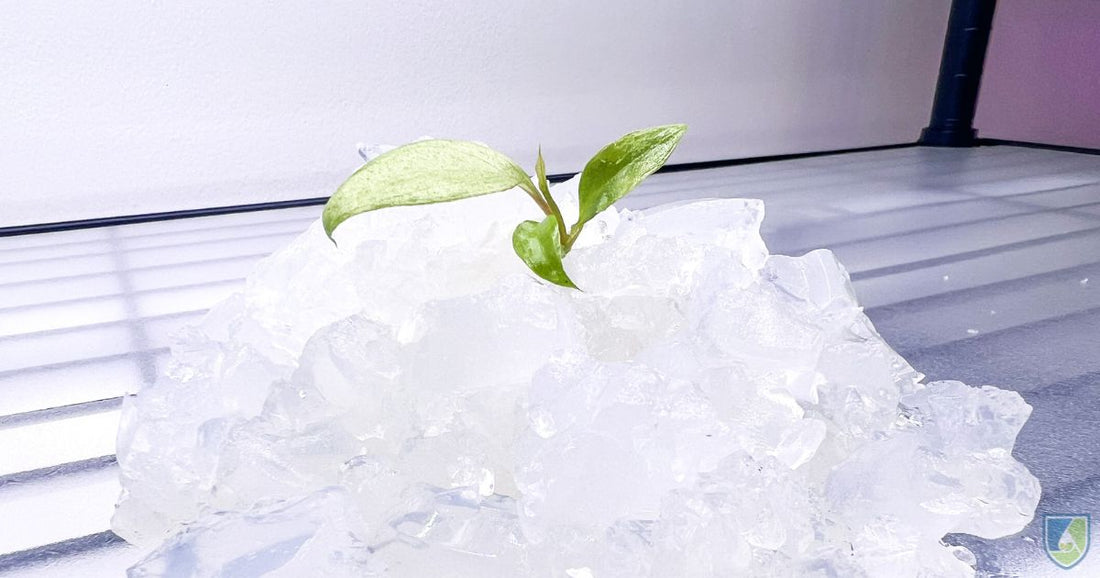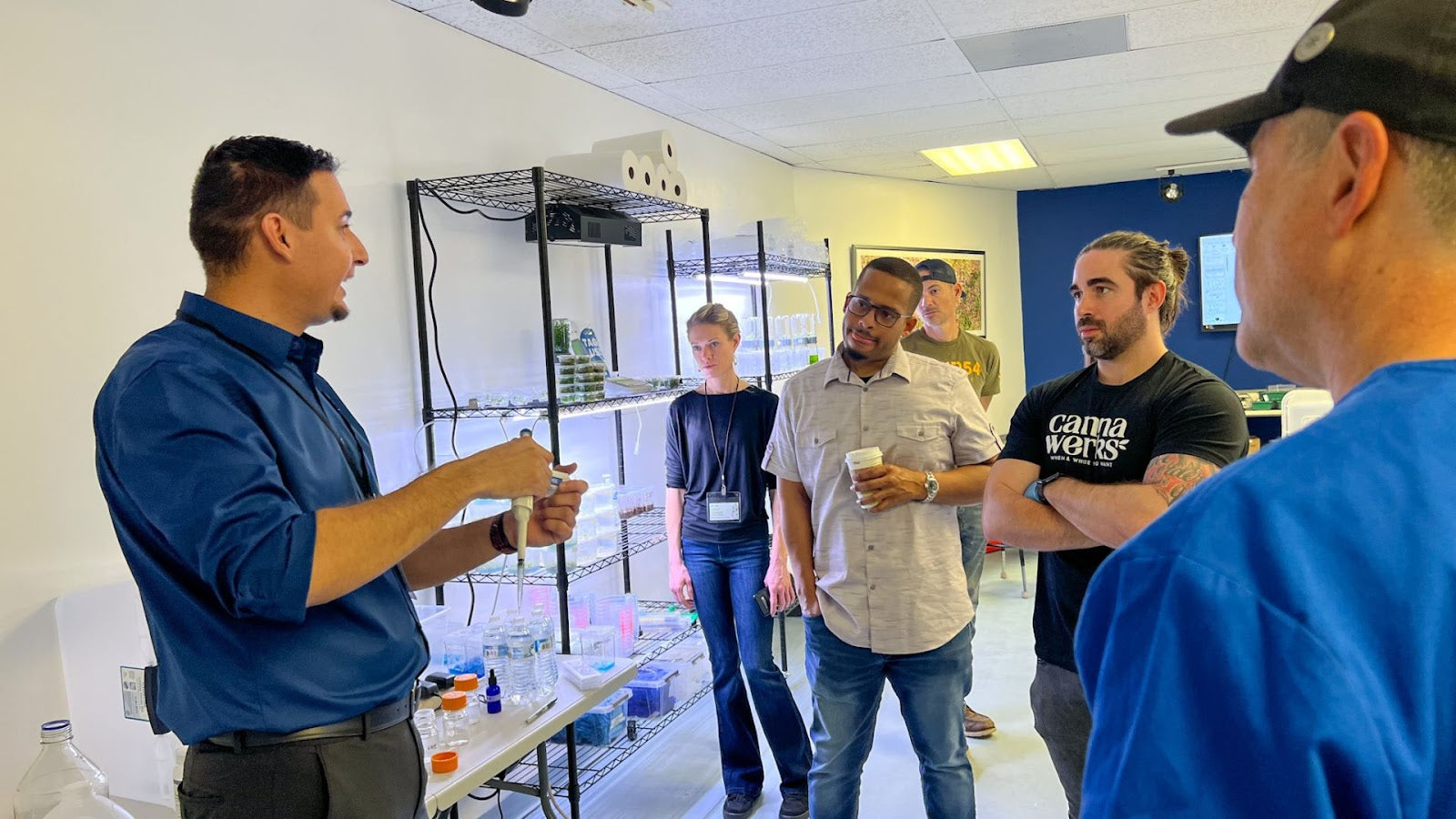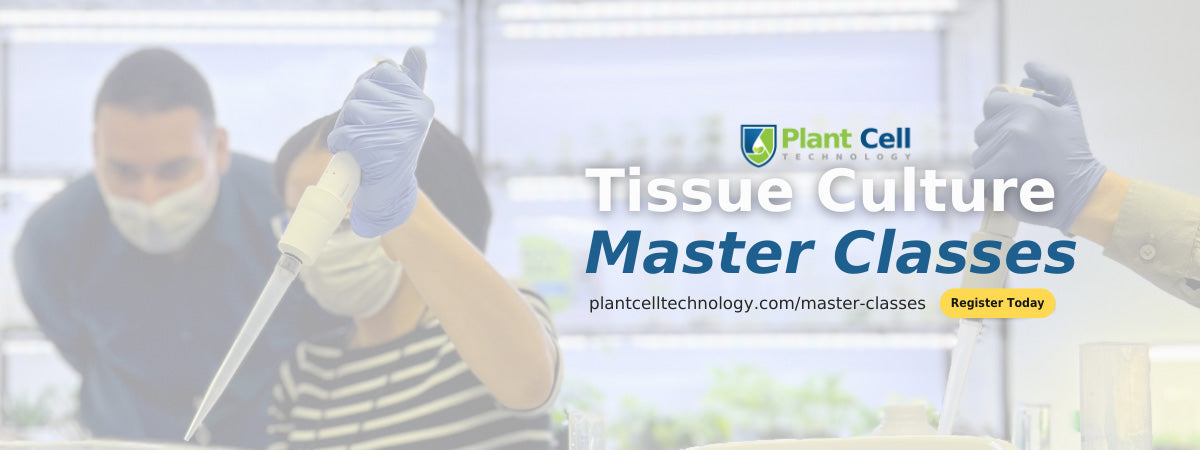
How To Care For Tissue Culture Plants?
As a content and community manager, I leverage my expertise in plant biotechnology, passion for tissue culture, and writing skills to create compelling articles, simplifying intricate scientific concepts, and address your inquiries. As a dedicated science communicator, I strive to spark curiosity and foster a love for science in my audience.


Introduction
Tissue culture plants, like many other naturally grown plants, need proper care to grow and develop healthily. And, this care extends until the acclimatization (adaption of plants to the outside environment) stage of plants.
Because tissue culture plants are grown in the controlled environment of labs, they lack many distinctive features. For example, they do not have waxy cuticles on their leaves that control the transpiration (rate of moisture loss) of leaves. And, that’s why, they are weak to handle the random changes in the outside environment, such as dehydration at humidity less than 70%, and are susceptible to diseases.
Therefore, it’s essential to take proper care of tissue culture plants when transferred to a normal environment. How can you do that? And, what factors you should take care of while acclimatizing plants? We’ll discuss everything in this article.

Why So Much Fuss About Proper Acclimation of Tissue Culture Plants?
Before moving to why acclimation or acclimatization is necessary, understand what acclimation means.
Acclimatization is the last stage of tissue culture. Here, plants with developed shoots and roots are transferred to a potting mix (generally of peat and perlite) in a closed chamber that provides better control over humidity.
Tissue culture plants are grown in controlled conditions, therefore, before they are transferred to the natural environment, they need to be prepared for the conditions gradually. Sudden exposure of the tissue culture plants to the natural environment, such as high humidity, board light, increased or fluctuating temperature, and exposure to a colony of soil microflora will kill the plants, leading to a higher mortality rate of tissue culture plants.
After waiting for months, and investing so much in the process (in terms of money and effort), you wouldn’t want to lose your plants. And, that’s why proper, gentle, and gradual acclimatization of plants is important.

How To Deflask Tissue Culture Plants?
Follow the given steps to remove plants from tissue culture flasks after the rooting stage for maximum yield:
- Open the tissue culture plant-containing container in a clean, cool, and shaded environment.
- Remove the plantlet from the container and wash off the gel stuck to its roots. To make the gel loosen, take some lukewarm water and add it to the container. Then, swirl the container till the plant with gel starts moving in a swirling motion. Then, remove the plants and gently wash off the root. The process causes no/less damage to plant roots.
- Then, transfer the plant to a suitable mix having low nutrient conditions. Normally, the 50:50 peat-to-perlite ratio works for plants. Also, ensure the mix is wet and not too watery.

- In the first few weeks, keep air temperature within a range of 18-23°C.
- While planting the plant to the mix, ensure they are firmly attached to the base and are in good contact with the potting mix.
- Transfer the tray containing plants to a humidity chamber that maintains 70% humidity for plants. In the absence of a humidity chamber, use a styrofoam box with two inches of a sheet of glass over the top and wet sand at the bottom.
- For faster hardening off of plants, spray them with a moisture trap solution. It will reduce rapid moisture loss.
- Place the trays in filtered light at a temperature of 20-22°C. To reduce the high levels of light, keep shade screens.
All these steps are necessary for hardening off the plants and preparing them for the outside environment.

Challenges That Might Occur During Acclimatization
Here’re some challenges that you might face during acclimatization:
- High humidity or random changes in humidity cause abnormal stomatal functioning when transferred to soil. This will cause dehydration in plants due to rapid loss of water.
- Plants grown under controlled laboratory conditions have weaker roots. This might cause plants difficulty in obtaining nutrients from the soil.
- As a result of low light intensity, low carbon dioxide concentration, and high sugar concentrations in the media, plantlets have a relatively low rate of photosynthesis, which further retards their growth.

- Plants will show abnormalities in morphology when they are transferred to a greenhouse if they are grown in too much concentration of plant hormones.
- You might observe wilting in plants and charring of leaves when they are transferred to fluctuating temperatures and board light spectrum.
- Sudden exposure of tissue culture plants to soil microflora increases the death rate of plants.
Learn The Art of Acclimatization In PCT’s Comprehensive Houseplant Tissue Culture Master Class

Tissue culture is now a popular technique among growers and plant businesses to grow plants at a commercial scale. It’s only because of the advantages it offers over the conventional approaches to growing plants, such as producing hybrid plants, disease-free plants, and the requirement of small space.
But, if you’re a beginner in the area and have no knowledge of tissue culture, incorporating this technique into your business model can be challenging. That’s why we bring a comprehensive indoor plant tissue culture master class curated to serve your tissue culture needs.
Our Houseplant tissue culture master class is a comprehensive course curated to prepare you with the knowledge and energy you need to kickstart your plant business. Though it will indefinitely help you, here are some advantages of it to name:
Training for the most advanced technology available today for plant propagation—tissue culture.
- Hands-on experience in tissue culture.
- Networking with like-minded people.
- Directly learn from an instructor having 15+ years of experience in the area.
- Get the answers to your questions instantly from the instructor.
- Learn how to build your small-scale or in-house lab or how to take your already established plant business to next level.
- Work on the plants and learn about the challenges and solutions on the spot with your instructor.
- Getting a certificate to demonstrate our expertise and knowledge about the tissue culture technique.
And, much more!
Interested in learning more about the course? Click here and get the answer to all your questions related to our master class!
Blog Categories
View by Level
Popular Blogs

Can We Scale Up Tree Propagation with Tissue Culture?
Introduction In forestry and agriculture, there is a consistent need for large volumes of high-quality, uniform planting material. For decades,...
Read More
The Science Behind Virus Elimination Using Meristem Culture
Introduction Have you ever noticed that the potatoes you save from your own harvest seem to produce a weaker crop...
Read MoreSubscribe to Our Newsletter








Join the conversation
Your email address will not be published. Required fields are marked